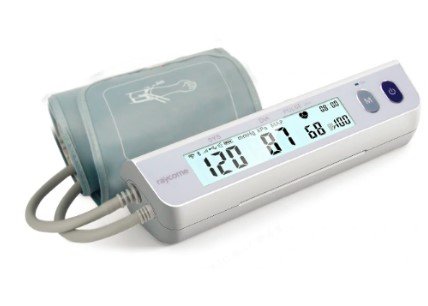The Importance of Properly Labeling and Identifying Samples in a Medical Lab Setting
Summary
- Properly labeling and identifying each individual sample is crucial in a medical lab setting to ensure accuracy and patient safety.
- Following standardized procedures and protocols is essential to minimize the risk of sample mix-ups and errors.
- Utilizing barcode technology and double-checking labels can help improve efficiency and reduce mistakes during multitube blood draw procedures.
The Importance of Properly Labeling and Identifying Samples in a Medical Lab Setting
Medical laboratories play a critical role in diagnosing and treating patients by analyzing various samples, including blood, urine, and tissue. Properly labeling and identifying these samples is essential to ensure accurate Test Results and patient safety. In the case of multitube blood draw procedures, where multiple tubes of blood are collected from a single patient, the risk of sample mix-ups and errors increases. Therefore, it is crucial for phlebotomists and laboratory technicians to follow standardized procedures and protocols to properly label and identify each individual sample.
Standardized Procedures for Labeling Samples
- Verify Patient Information: Before collecting any samples, phlebotomists must confirm the patient's identity by checking their wristband or asking for their name and date of birth. This information should be cross-referenced with the laboratory requisition form to ensure accuracy.
- Label Tubes Correctly: Each tube should be labeled with the patient's full name, date of birth, and an unique identification number. It is important to use the correct labels for each tube size and type to prevent confusion.
- Use Barcoding Technology: Many medical labs utilize barcode technology to streamline the labeling process and reduce the risk of human error. Barcoded labels can be scanned to ensure accuracy and consistency.
- Double-Check Labels: Before leaving the patient's side, phlebotomists should double-check that each tube is correctly labeled with the patient's information. This extra step can help prevent mix-ups and identify any Discrepancies immediately.
Identifying Samples Throughout the Testing Process
Once the samples are collected and labeled, they must be properly identified and tracked throughout the testing process to ensure accurate results.
- Match Labels to Requisition Forms: When samples are sent to the laboratory for testing, the labels on the tubes should be matched to the information on the requisition form. Any Discrepancies should be addressed and resolved before proceeding with the tests.
- Track Samples Electronically: Some laboratories have implemented electronic tracking systems to monitor the movement of samples from collection to analysis. This helps ensure that each sample is accounted for and processed correctly.
- Monitor Quality Control: Regular Quality Control checks should be conducted to verify the accuracy of Test Results and identify any potential errors. This includes comparing results to known standards and checking for anomalies.
Preventing Errors and Improving Efficiency
By following standardized procedures for labeling and identifying samples, medical labs can reduce the risk of errors and improve efficiency in the testing process. Utilizing barcode technology, double-checking labels, and implementing electronic tracking systems are effective ways to enhance accuracy and patient safety.
Phlebotomists and laboratory technicians play a crucial role in ensuring that each sample is properly labeled and identified during multitube blood draw procedures. By following established protocols and utilizing technology to streamline the process, medical labs can maintain high standards of quality and accuracy in patient care.

Disclaimer: The content provided on this blog is for informational purposes only, reflecting the personal opinions and insights of the author(s) on the topics. The information provided should not be used for diagnosing or treating a health problem or disease, and those seeking personal medical advice should consult with a licensed physician. Always seek the advice of your doctor or other qualified health provider regarding a medical condition. Never disregard professional medical advice or delay in seeking it because of something you have read on this website. If you think you may have a medical emergency, call 911 or go to the nearest emergency room immediately. No physician-patient relationship is created by this web site or its use. No contributors to this web site make any representations, express or implied, with respect to the information provided herein or to its use. While we strive to share accurate and up-to-date information, we cannot guarantee the completeness, reliability, or accuracy of the content. The blog may also include links to external websites and resources for the convenience of our readers. Please note that linking to other sites does not imply endorsement of their content, practices, or services by us. Readers should use their discretion and judgment while exploring any external links and resources mentioned on this blog.
